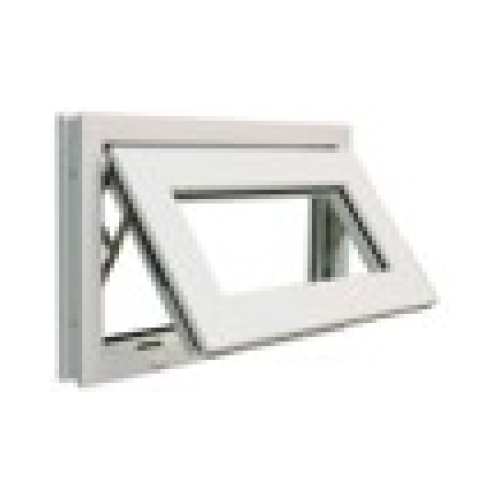Ventilators
Ventilators
Ventilators are located in rooms just below the roof. They allow hot air to rise and flow through the ventilators, leaving cool air at the bottom of the room. This process is called ventilation, which replaces warm, impure air with fresh air from outside.
Ventilation is important for the comfort of residents and the building itself. A house with poor ventilation can:
1. Retain moisture
2. Feel draughty or airless
3. Heat up the room
Types
A] Louvered Ventilators
A louver is a ventilation product that allows air to pass through it while keeping out unwanted elements such as water, dirt, and debris. A number of fixed or operable blades mounted in a frame can provide this functionality. The basic considerations for selecting louvers are Louver Free Area, Water Penetration, and Resistance to Airflow (Pressure Loss). Once these concepts are understood, they can be used to properly apply a louver.
Louvered ventilators are usually installed on the outside walls of your home. They can help you :
Reduce energy costs.
Improve your home's indoor air quality.
Let in fresh air while keeping out warm or cold air, depending on which way they're opened.
Louvered ventilators can be utilized in a range of performance types, including :
Louver Free Area
Free area is derived by taking the total open area of a louver (after subtracting all obstructions - blades and frame) and dividing by the overall wall opening. This gives a comparison of a louvered opening to an unobstructed opening. Common louver free areas range from 35% to 60% of the wall opening (65% to 40% obstructed). A high percentage free area is beneficial because more air can enter into a smaller wall opening, reducing the cost of the wall opening and louver.
Louver Water Performance
First Point of Water Penetration is the point at which a louver allows the passage of water through the louver. It is a threshold measurement of air intake velocity at which the louver will begin leaking (in feet per minute or fpm).
Louver Resistance to Airflow
The resistance of the louver can be measured by running air through the louver and measuring the pressure differential at various free area velocities (measured in water gauge or wg). Every louver will create resistance based on the frame and blade shapes. Lower blade angles or more aerodynamic shapes create less resistance.
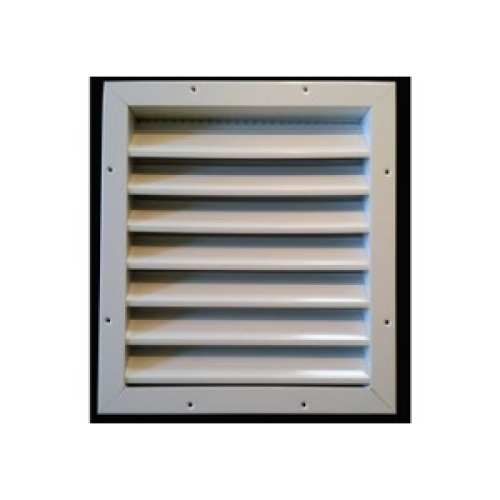
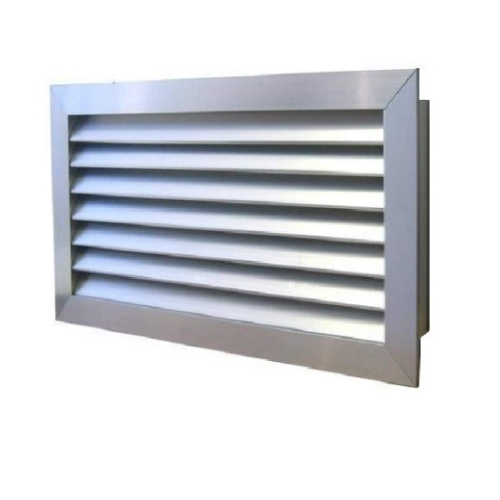
B] Fixed Ventilator
A fixed ventilator window is a window that can open both inwards and outwards. They are ideal for spaces that require fresh air circulation, such as bathrooms, kitchens, and store rooms.
Fixed ventilators can have the following features :
Hinges that are fixed on the ventilator frames.
Energy efficiency.
Protection from insects, mosquitoes, and theft.
Fusion welded frame and corners.
Multi-point locking system.
Dual seals and multi-chambered design.
Weather resistance.
Insulation from rain, dust, and pollution.
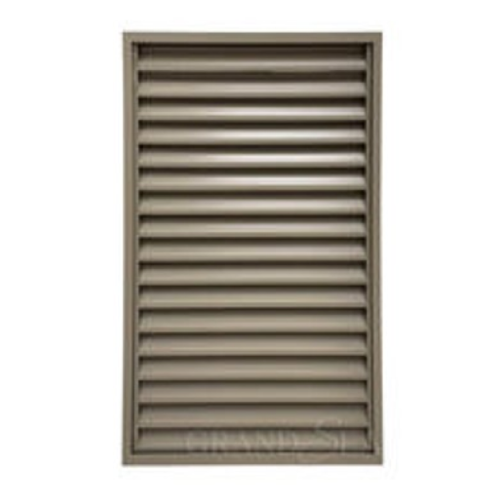
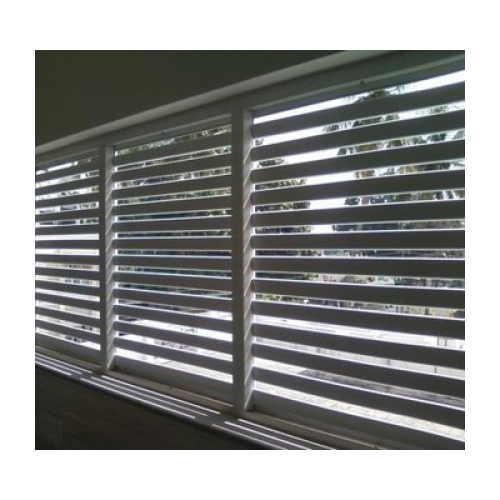
C] Top Hung Ventilator
A top-hung ventilator is a ventilation system that provides effective air circulation. Top-hung windows are easy to open and close, and are comfortable to use. They are ideal for use in places such as the kitchen and bathroom.
Top-hung windows have the following features :
Excellent ventilation.
Keep rain and falling leaves out.
Simple to operate with just a click.
Shear strength.
Rugged design.
Accurate dimension.

